Graphic design for good emerged as a powerful force during the digital age, transforming messages into impactful visuals for positive change. Back then, creating meaningful designs was a specialized niche, but today, graphic design ideas with a purpose proliferate. Regardless of the medium, graphic design for good communicates vital messages and elevates social awareness. Though at first glance this design approach might appear confined and niche-focused, in truth it is versatile and impactful--and is gaining significant momentum. Elevate your projects with these purposeful graphic design concepts and make a difference of your own.
Social impact design
Social impact design in graphic design leverages visual communication to address and solve pressing societal issues, creating a bridge between aesthetics and meaningful change. Designers harness their creative skills to craft compelling narratives and raise awareness about important causes, such as climate change, social justice, and public health, aiming to inspire action and foster empathy in diverse audiences. Typography, imagery, and color are meticulously selected to resonate deeply and authentically with target demographics, breaking down complex issues into understandable, engaging, and motivating visuals. By collaborating with non-profits, government agencies, and grassroots organizations, graphic designers ensure their work is not only eye-catching but also deeply rooted in the real-world context, driving tangible social transformation.
Community-centered graphics
Community-centered graphics are pivotal in fostering a sense of belonging and identity within a community, enabling individuals to visualize shared goals, cultural narratives, and communal aspirations through impactful design. Designers work collaboratively with community members, ensuring that the graphics authentically represent local voices and values, while simultaneously striving to address social issues visually, such as inclusivity, equity, or historical representation. Local artists and designers often bridge traditional artistic methods with contemporary digital techniques, creating a visual tapestry that not only resonates on an emotional level but also communicates practical information effectively. These community-driven visuals often extend beyond mere aesthetics, functioning as vital tools for education, advocacy, and engagement, which empower communities to control their narratives and influence broader societal change.
Inclusive visual storytelling
Inclusive visual storytelling in graphic design strives to authentically represent diverse narratives by thoughtfully integrating elements such as diverse characters, cultural symbols, and universally accessible design features. Designers prioritize a deep understanding of varied lived experiences and the nuanced power of visual language, ensuring imagery resonates with a broad audience and avoids perpetuating stereotypes. This approach encourages the use of balanced color palettes, adaptive typography, and culturally significant motifs that reflect and respect a tapestry of identities, creating a visual dialogue that fosters empathy and connection. By consciously breaking down barriers in representation, inclusive storytelling empowers marginalized voices, providing a platform for underrepresented stories to be heard and acknowledged in a visually compelling manner.
Eco-friendly design practices
Graphic design for good involves adopting eco-friendly practices that minimize environmental impact while still maintaining high aesthetic standards. This includes opting for sustainable materials, such as recycled paper or eco-friendly inks, and reducing waste by employing digital formats when possible. Designers can prioritize the use of local resources, thus reducing the carbon footprint associated with shipping and transportation, and embrace minimalist designs that limit the consumption of excessive materials. Incorporating eco-conscious themes into the work also raises awareness and educates audiences about crucial environmental issues, ultimately contributing to a more sustainable design industry.
Accessibility in design
Accessibility in design emphasizes making graphic design elements more inclusive to accommodate people with varying abilities. Designers incorporate features such as high contrast color schemes for the visually impaired, ensuring that visuals stand out without straining the eyes, and alternative text for images. Universally understandable symbols and icons are employed, providing intuitive navigation to individuals with cognitive disabilities. Designs often incorporate scalable texts, adaptable for screen readers or adaptable devices, thereby offering a seamless experience for all users across diverse platforms and interactions.
Human-centered design
Human-centered design in graphic design for good revolves around creating solutions that prioritize the needs, behaviors, and experiences of users, ensuring that the final design effectively addresses their problems and desires. The process involves deeply empathizing with users through research and interviews to gather insights that inform the development of intuitive, accessible, and engaging designs. Once insights are gathered, the ideation phase encourages the generation of a variety of solutions, rapidly prototyping them to test with real users, which facilitates an iterative process where feedback leads to refining the design for maximum impact. Furthermore, by consistently prioritizing the user's perspective throughout the design journey, human-centered design fosters innovation and inclusivity, resulting in solutions that not only meet the immediate needs of users but also promote long-term positive change in their communities.
Ethical design standards
Graphic design for good prioritizes ethical design standards that emphasize the creation of visuals and communication materials that align with social responsibility and sustainability. This involves a commitment to accessibility ensuring that all audiences, including those with disabilities, can access and benefit from the design output. Transparency becomes a critical component, where designers must practice honesty and integrity by clearly communicating intentions, avoiding manipulative tactics, and being truthful in representations to foster trust. The implementation of inclusive design practices requires the consideration of diverse backgrounds and cultures, which ensures that every individual feels seen and respected, ultimately leading to an expanded societal impact and fostering a global community built on ethical grounds.
Empowerment through design
Graphic design, when wielded as an instrument for empowerment, transforms into a formidable means of amplifying marginalized voices by visually translating their stories and experiences into universally comprehensible narratives. This transformative power is harnessed through empathetic and inclusive design practices that not only cater to aesthetic needs but aim to foster social change and elevate underrepresented communities. By being intentional in the choice of color, typography, and imagery, graphic designers shape perceptions, challenge stereotypes, and encourage dialogue and understanding across different societal segments. Such an approach ensures that design does not merely serve commercial interests but fulfills a broader societal role, becoming an inclusive platform that equips individuals and communities with the agency to express their needs and aspirations effectively.
Design activism
Graphic design for good serves as a catalyst for design activism, a movement that leverages visual communication to drive social and political change by challenging the status quo and amplifying marginalized voices. Engaging with issues such as environmental sustainability, racial justice, and gender equality, designers harness their skills to create compelling, informative graphics that instigate conversations and promote awareness. By integrating symbols, typographic elements, and color schemes that resonate with specific audiences, design activism offers a platform for storytelling and advocacy, transcending traditional commercial purposes to foster community engagement and collaborative problem-solving. The rise of digital platforms has further empowered designers to disseminate their messages rapidly, catalyzing global networks of activists united by visual solidarity and shared goals.
Sustainable graphics solutions
Sustainable graphic design solutions are at the forefront of environmentally conscious creativity, emphasizing the use of eco-friendly materials and processes that reduce environmental impact. Designers are increasingly adopting software and technologies that prioritize energy efficiency and minimal waste, such as utilizing digital prototypes over printouts to conserve paper and ink. Furthermore, there's a growing trend toward sourcing materials that boast sustainability credentials, including recycled papers, soy-based inks, and biodegradable substrates, which not only support green practices but also enhance the brand reputation of companies committed to sustainability. In addition, designs are being crafted with longevity in mind, facilitating extended use or multipurpose applications to diminish the frequency of reprints, thereby significantly decreasing resource consumption and waste generation across the graphic design lifecycle.









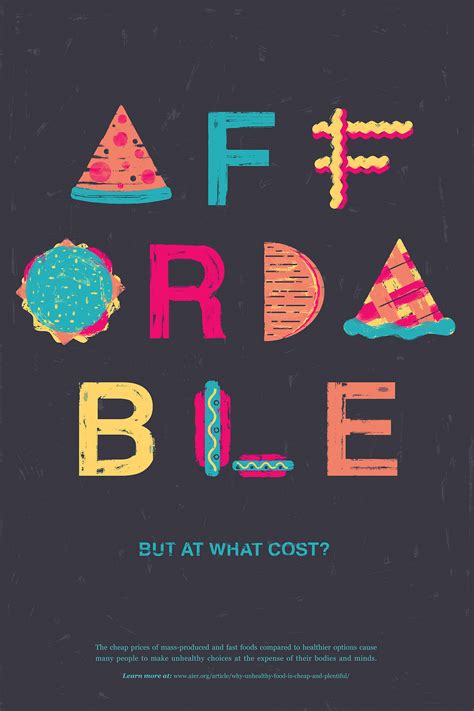


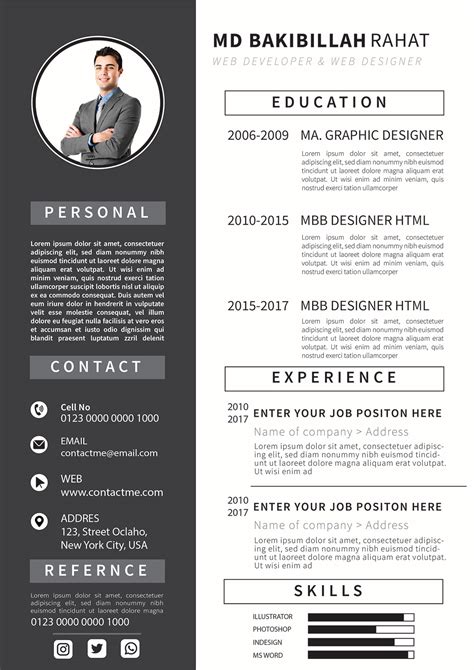

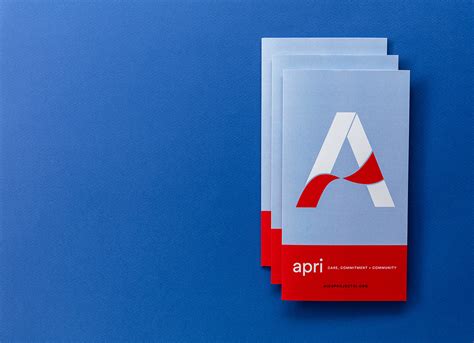
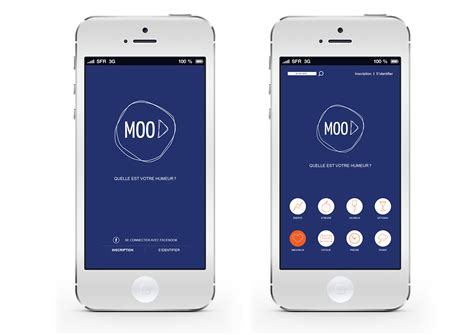


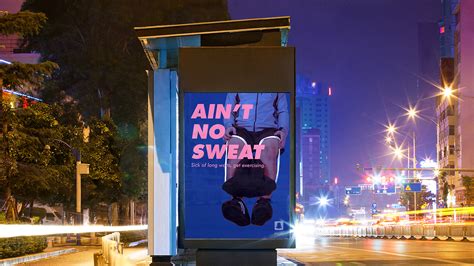

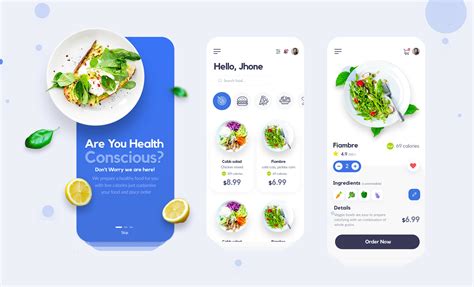


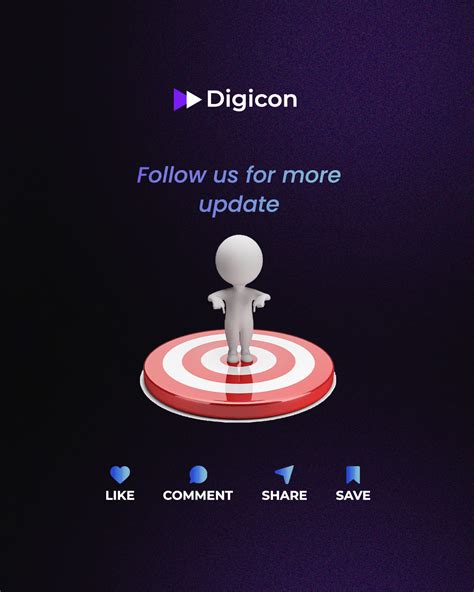


Leave a Reply
Your email address will not be published.